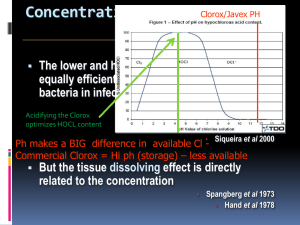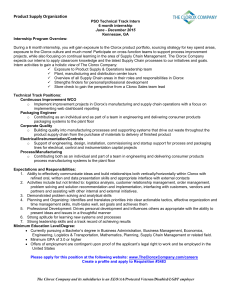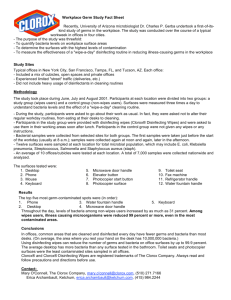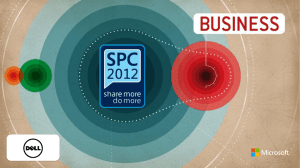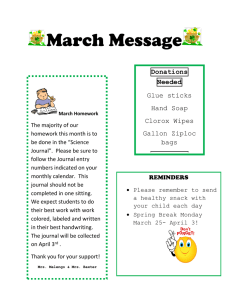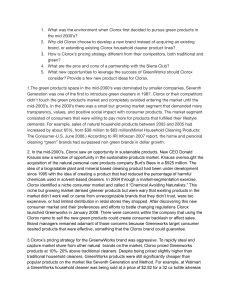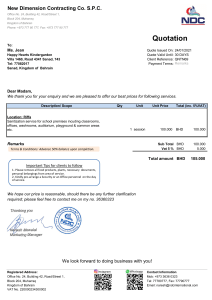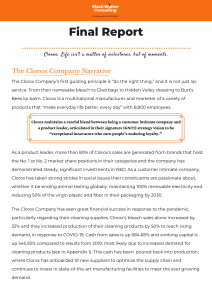Understanding and Complying with Product Contact Times
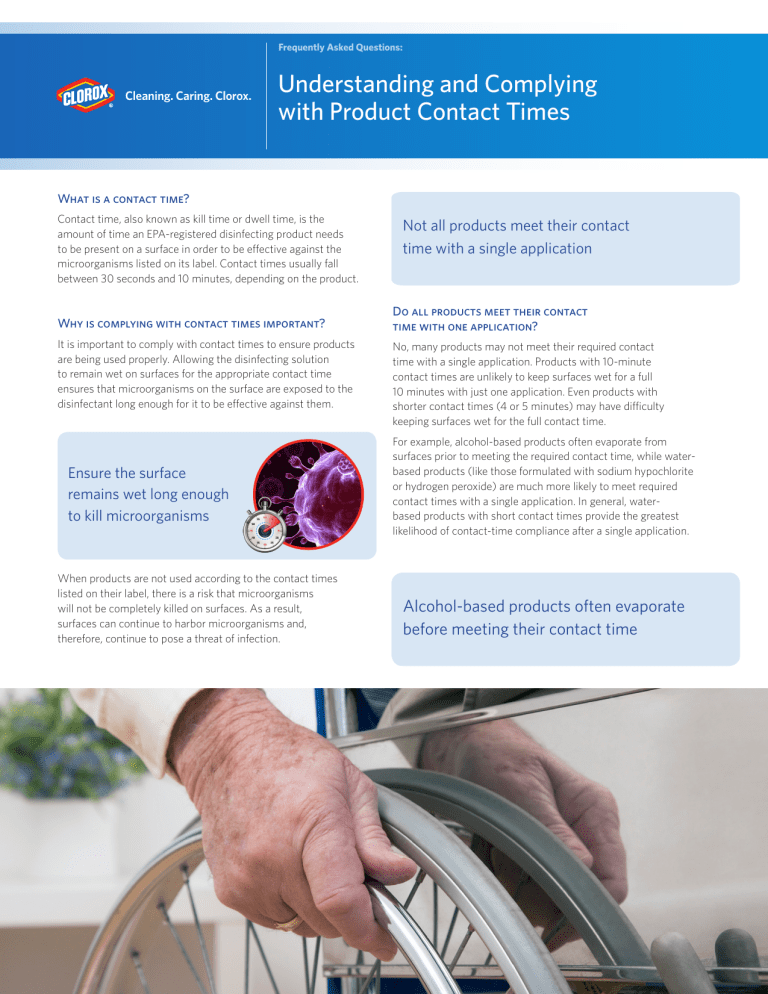
Cleaning. Caring. Clorox.
Frequently Asked Questions:
Understanding and Complying with Product Contact Times
What is a contact time?
Contact time, also known as kill time or dwell time, is the amount of time an EPA-registered disinfecting product needs to be present on a surface in order to be effective against the microorganisms listed on its label. Contact times usually fall between 30 seconds and 10 minutes, depending on the product.
Why is complying with contact times important?
It is important to comply with contact times to ensure products are being used properly. Allowing the disinfecting solution to remain wet on surfaces for the appropriate contact time ensures that microorganisms on the surface are exposed to the disinfectant long enough for it to be effective against them.
Ensure the surface remains wet long enough to kill microorganisms
Not all products meet their contact time with a single application
Do all products meet their contact time with one application?
No, many products may not meet their required contact time with a single application. Products with 10-minute contact times are unlikely to keep surfaces wet for a full
10 minutes with just one application. Even products with shorter contact times (4 or 5 minutes) may have difficulty keeping surfaces wet for the full contact time.
For example, alcohol-based products often evaporate from surfaces prior to meeting the required contact time, while waterbased products (like those formulated with sodium hypochlorite or hydrogen peroxide) are much more likely to meet required contact times with a single application. In general, waterbased products with short contact times provide the greatest likelihood of contact-time compliance after a single application.
When products are not used according to the contact times listed on their label, there is a risk that microorganisms will not be completely killed on surfaces. As a result, surfaces can continue to harbor microorganisms and, therefore, continue to pose a threat of infection.
Alcohol-based products often evaporate before meeting their contact time
Single-application disinfecting products can help with compliance
What are the advantages of complying with contact times after a single application?
Products that meet the required contact time after a single application are less likely to be misused or cause non-compliance than those that require multiple applications. Single-application products can help ensure that surfaces are properly disinfected.
Furthermore, multiple applications can lead to increased labor and product costs. These costs can be avoided with products capable of meeting required contact times after a single application.
Contact times vary based on the product formulation and pathogen in question. Always check product labels and directions to ensure the most accurate information about required contact times for disinfection.
Below are contact times for Clorox products that kill some of the most problematic pathogens in the long-term care environment:
Infections Common Causes
Clorox Healthcare®
Bleach Germicidal
Wipes
(EPA Reg. No. 67619-12)
Clorox Healthcare®
Bleach Germicidal
Cleaners
(EPA Reg. No. 56392-7)
Clorox Healthcare®
Hydrogen Peroxide
Cleaner Disinfectant
Wipes
(EPA Reg. No. 67619-25)
Clorox Healthcare®
Hydrogen Peroxide
Cleaner Disinfectant
(EPA Reg. No. 67619-24)
Cold Rhinovirus 1 min 1 min 1 min 1 min
Flu Influenza A Virus
Gastroenteritis
Norovirus (via Feline
Calicivirus surrogate)
Clostridium difficile (spores) Gastroenteritis
Antibiotic-resistant
Staph infection
Methicillin-resistant
Staphylococcus aureus (MRSA)
1 min
1 min
3 min
30 sec
1 min
1 min
5 min
1 min
30 sec
3 min
1 min
30 sec
1 min
1 min
For more information, contact your
Clorox sales representative or:
Call: 1-800-537-1415.
Email: cleaning@clorox.com
NI-25577
Cleaning. Caring. Clorox.
